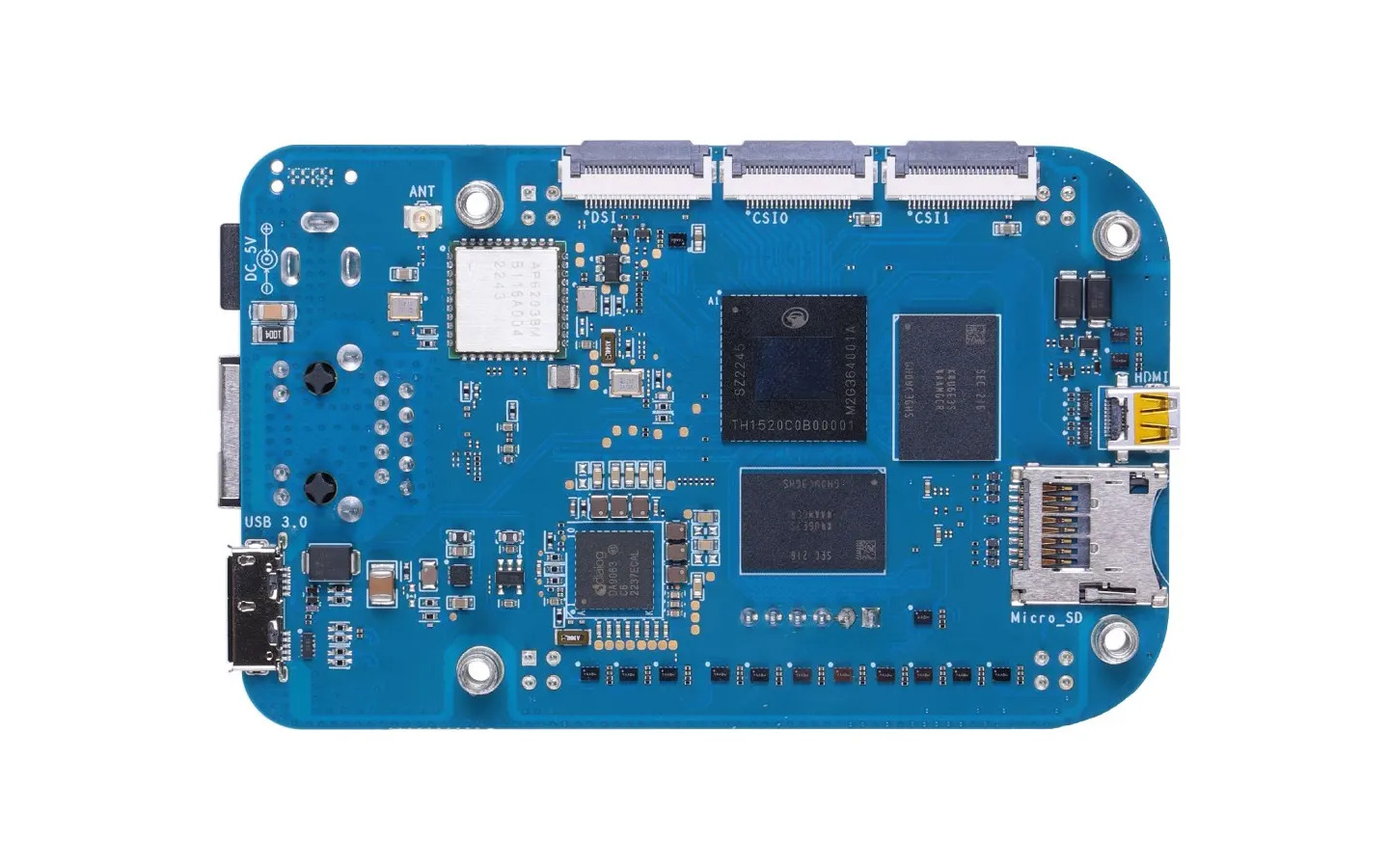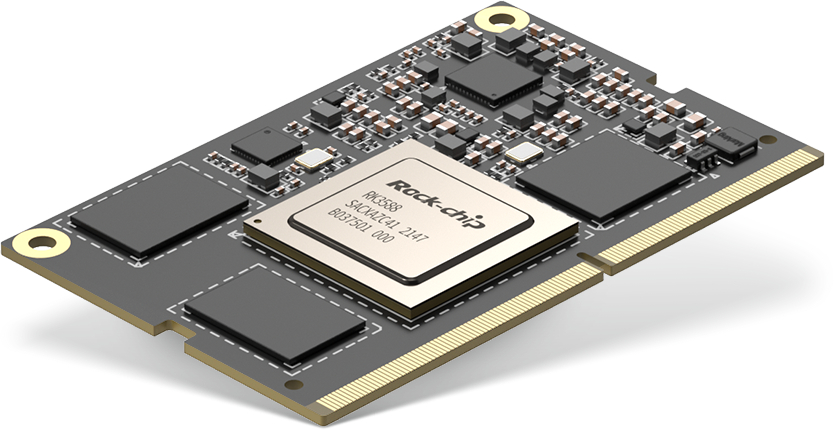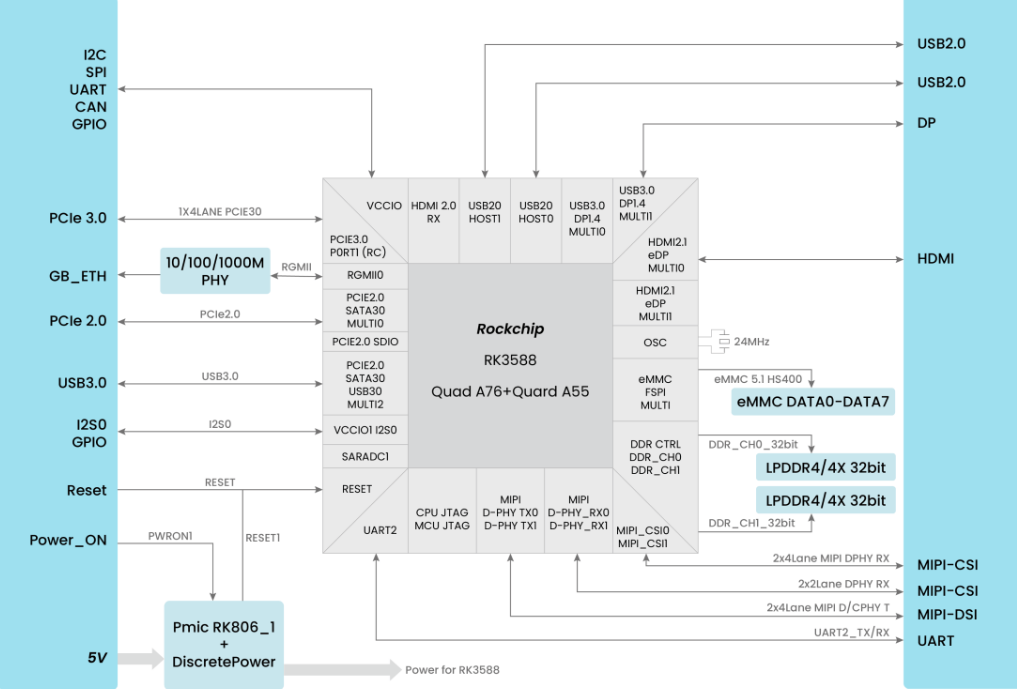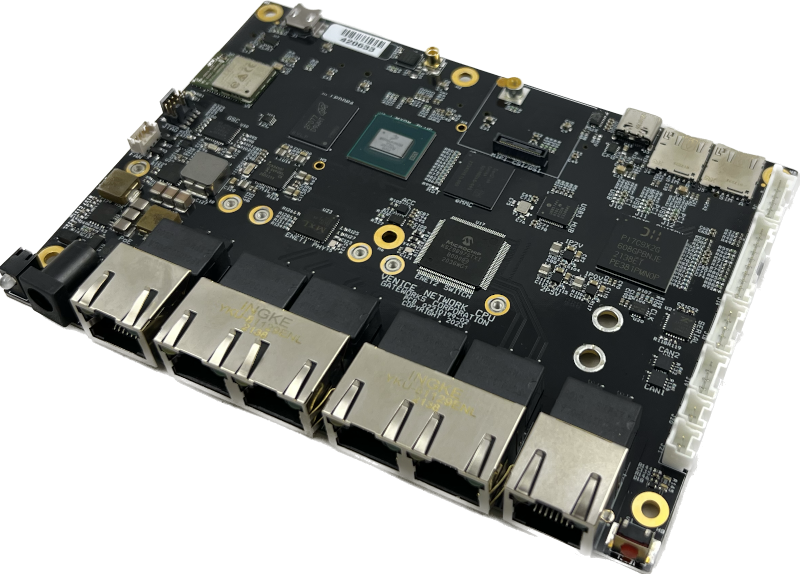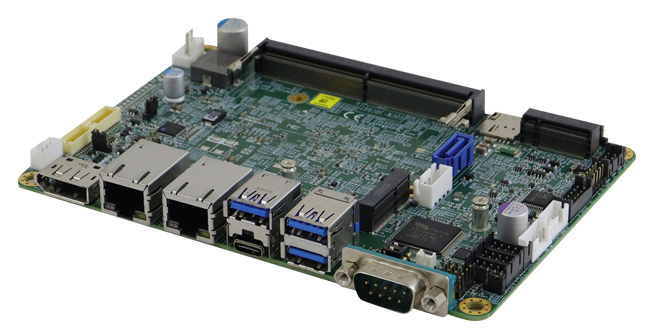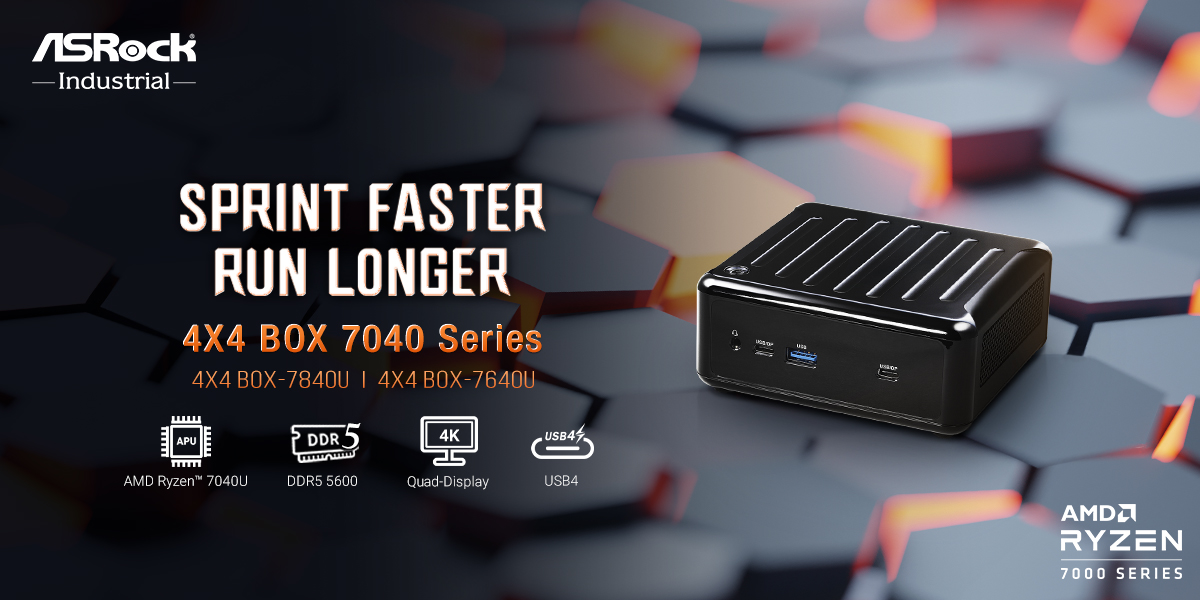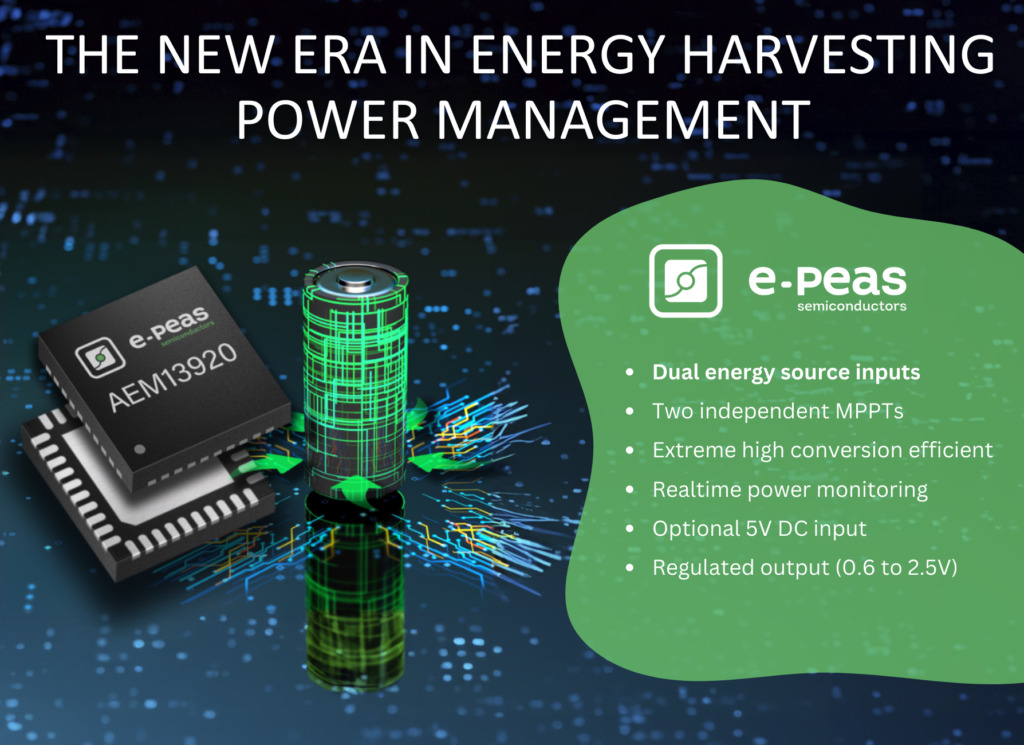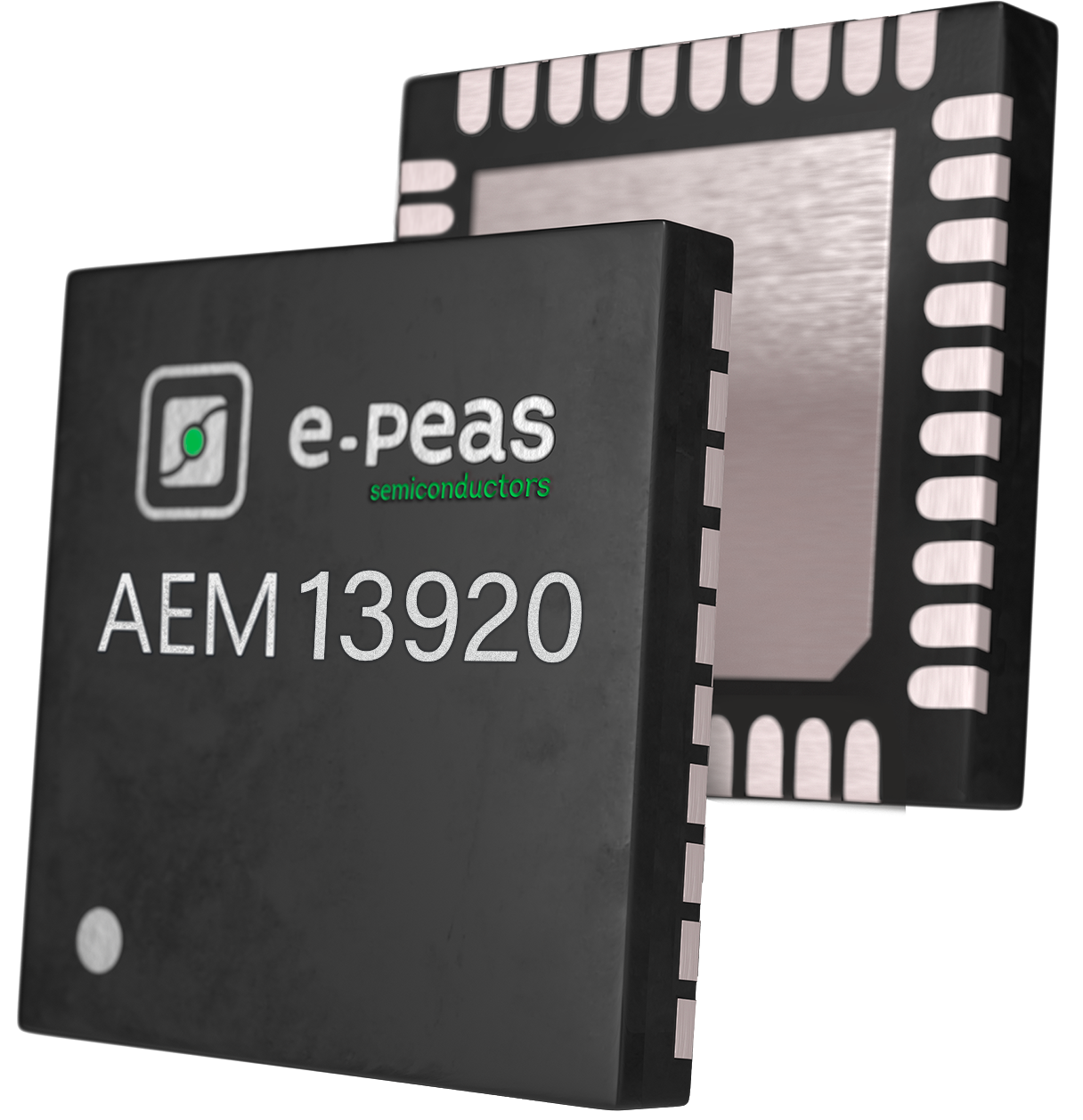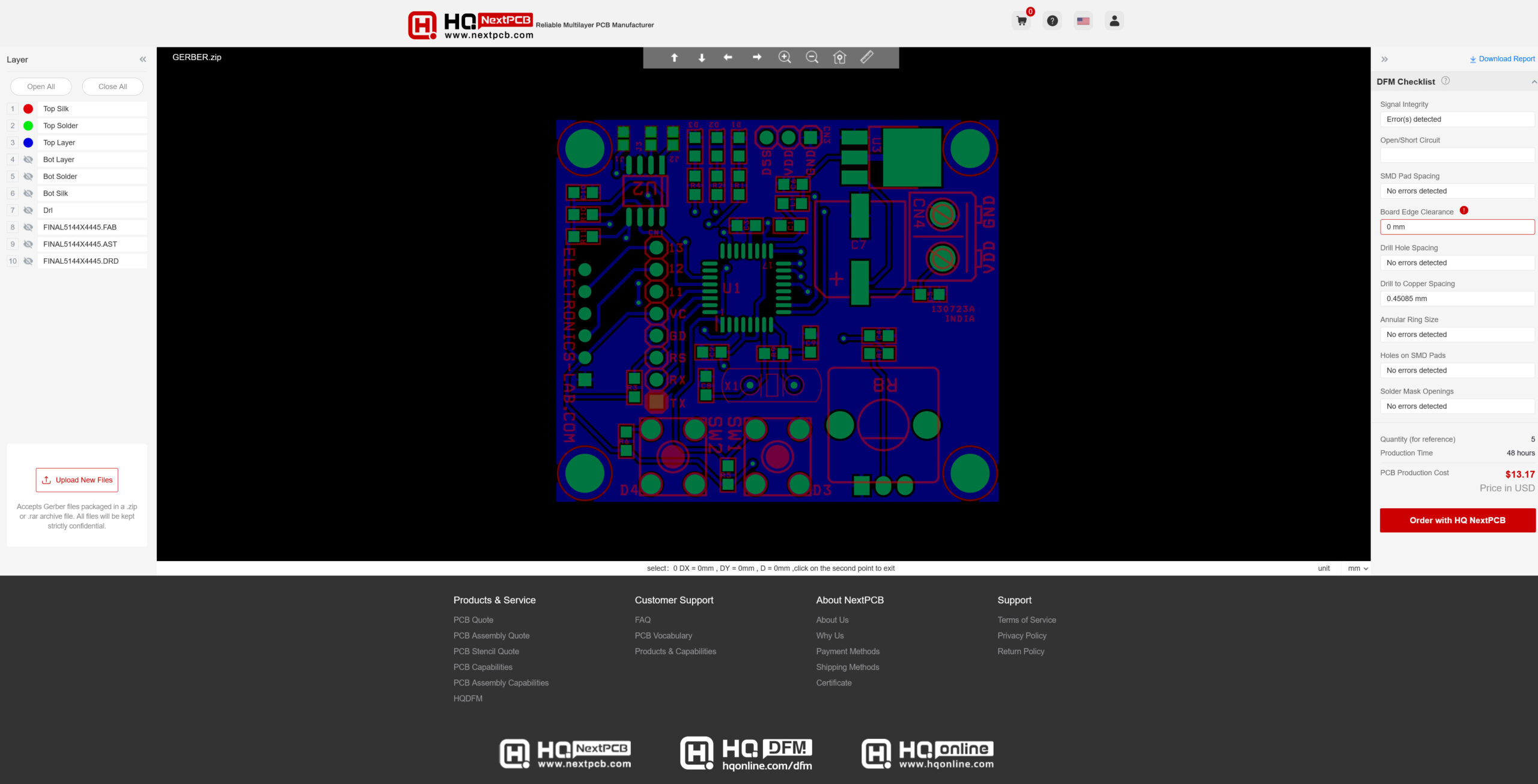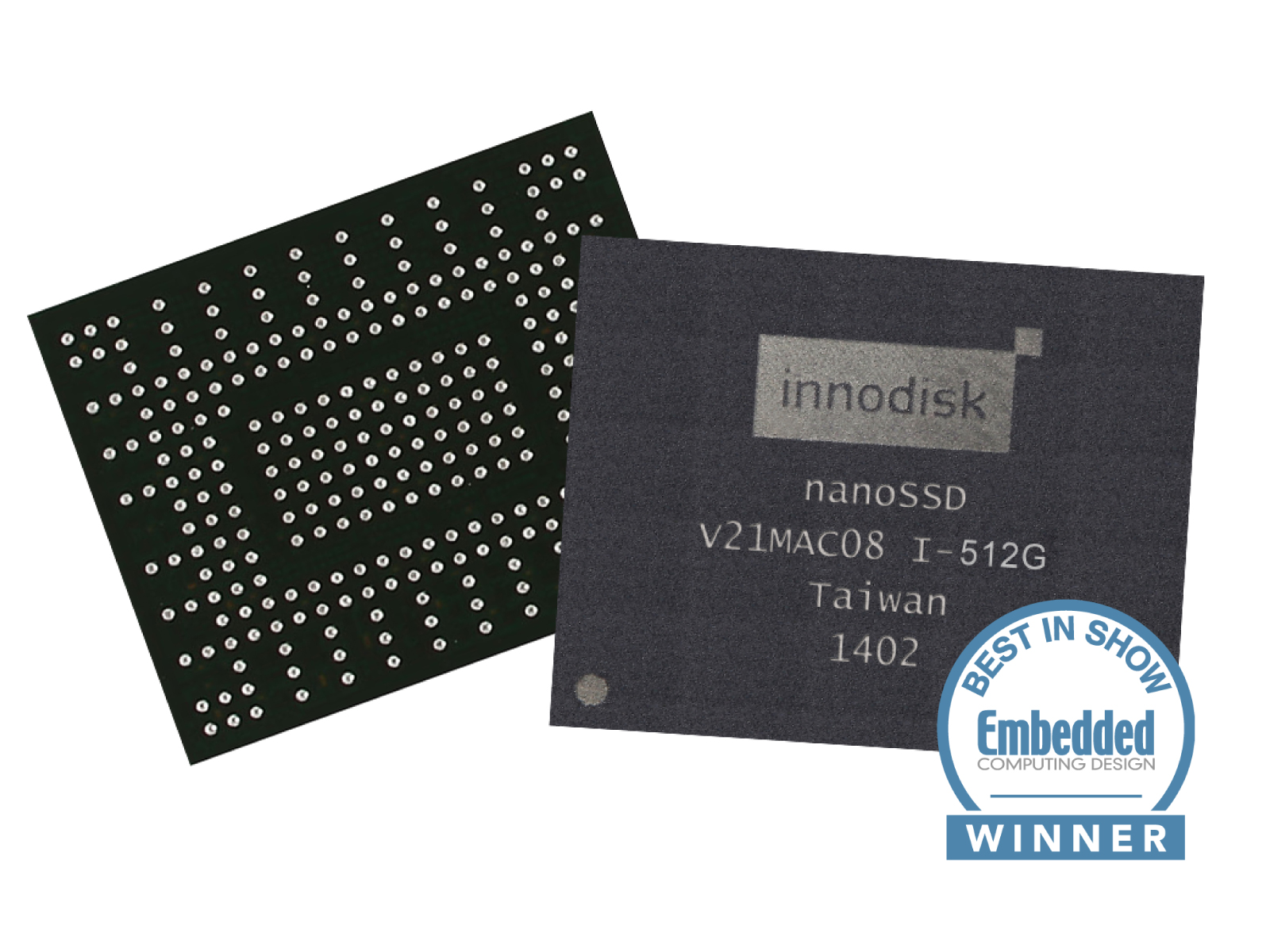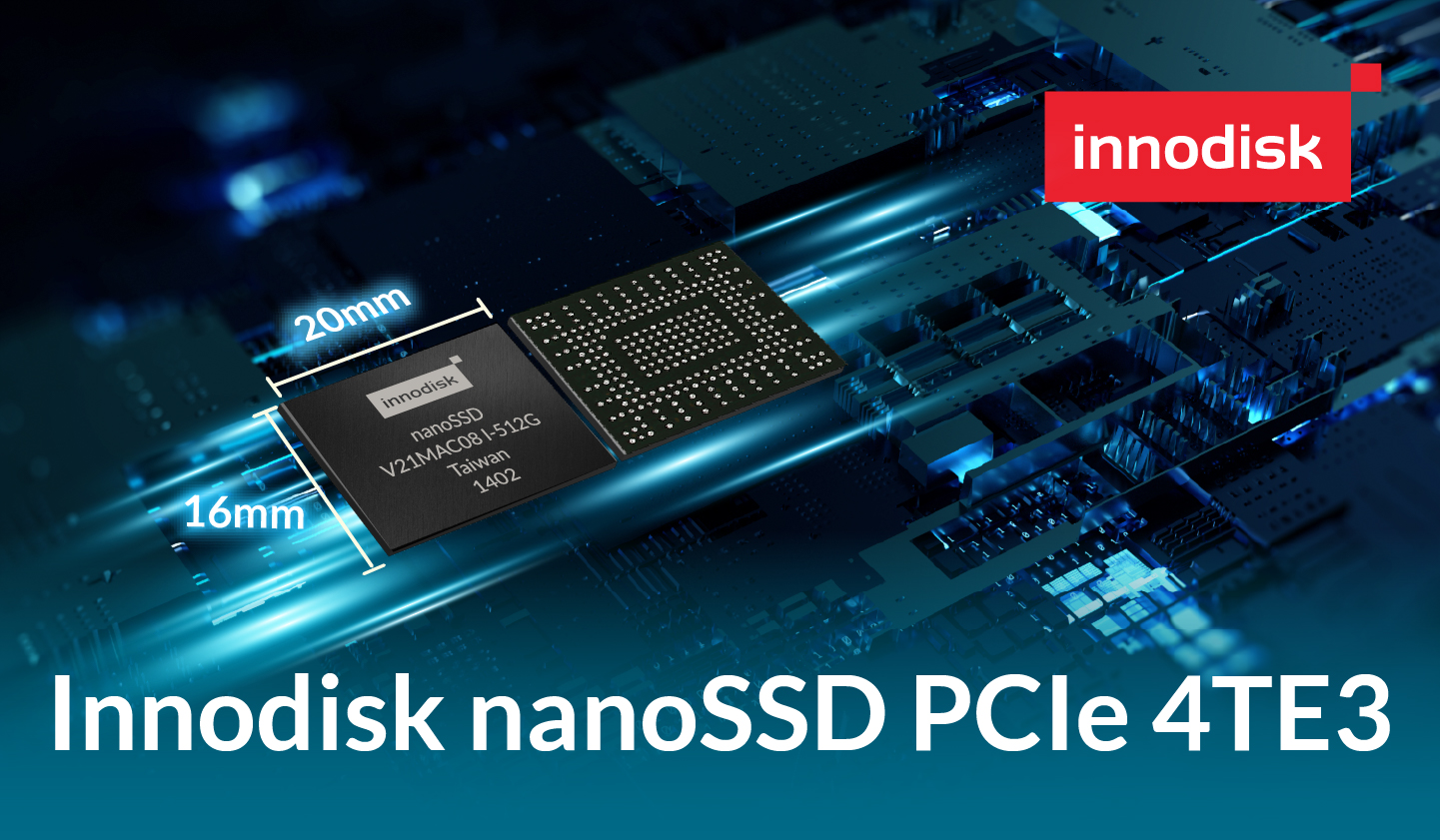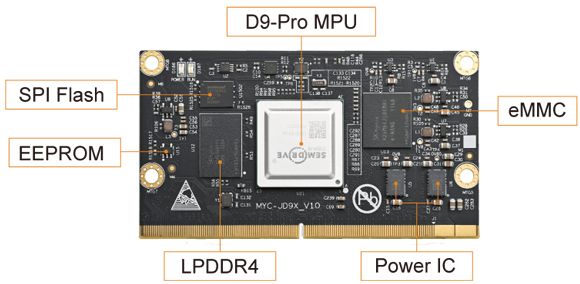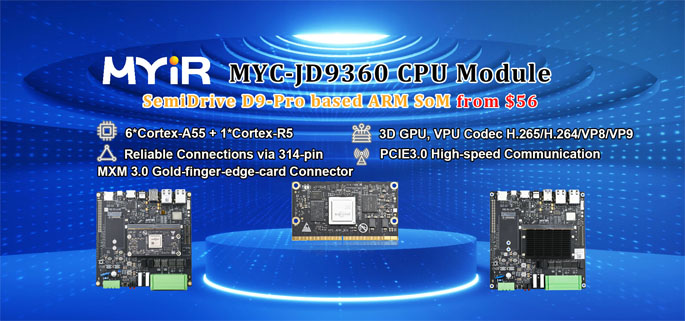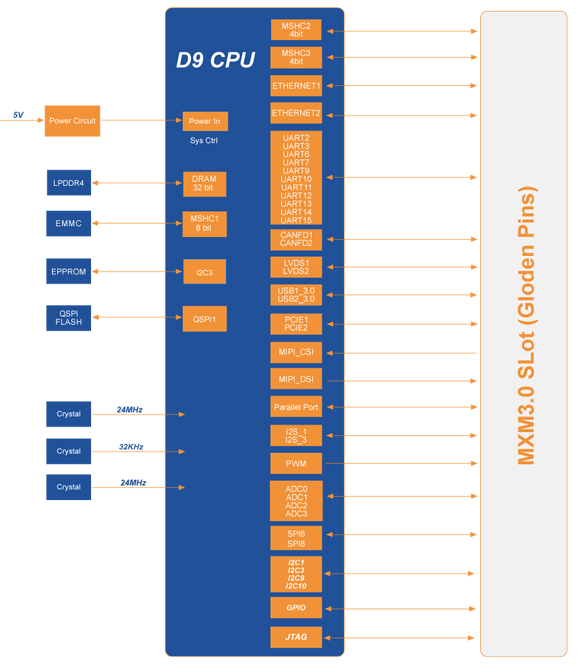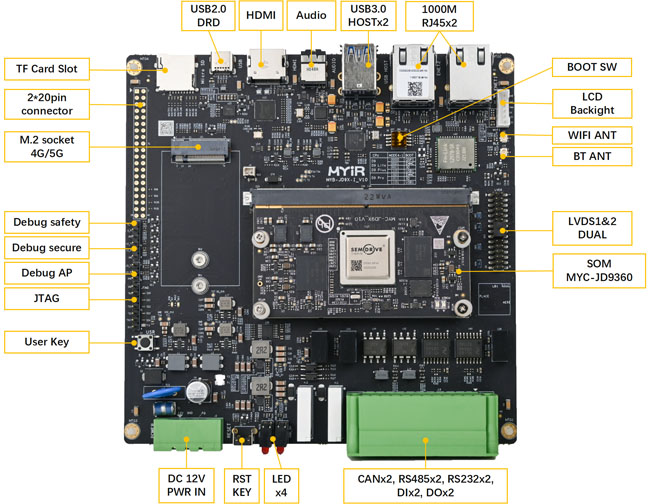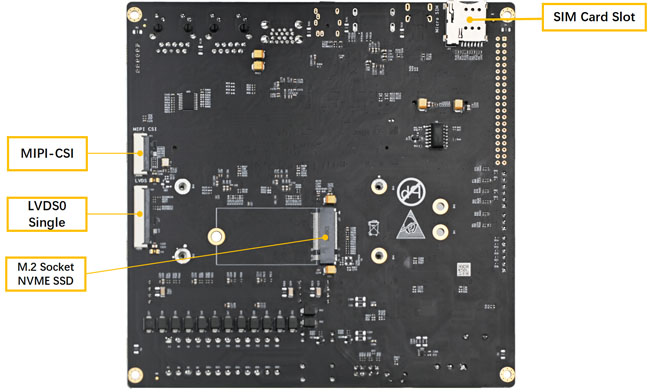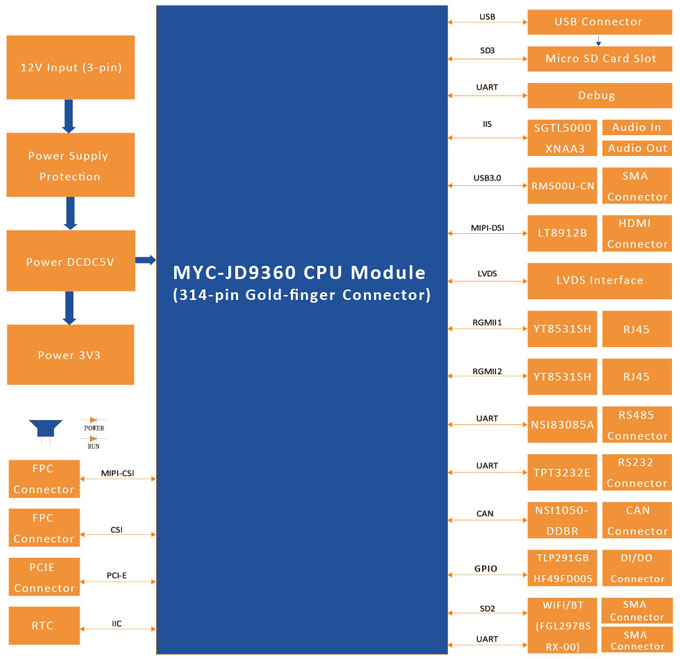In the SBC industry, long dominated by devices like Raspberry Pi and their competitors, BeagleBoards aims to bring innovation by announcing their new BeagleV-Ahead SBC based on the new RISC-V architecture.
RISC-V is an Instruction Set Architecture (ISA) released in 2015 that has proven to be compatible with a wide variety of hardware concerning power, performance, size, and complexity. Historically, SBCs like Raspberry Pis used ARM SoCs to achieve their performance target on small form factor boards. This introduced a limiting factor in compatibility with the board’s choice of software and the performance these processors provided. Despite these limitations, the ARM processors were enough for many IoT-related applications and were widely adopted for their platform support.
What makes the BeagleV-Ahead different?
BeagleBoards, the manufacturer of the BeagleV-Ahead, has designed it to be versatile, powerful, and a compelling option against the mainline SBCs. Thus, the BeagleV-Ahead shares many similarities with a Raspberry Pi 4 in features but is also different in its functionality.
Powering this board is an Alibaba T-Head TH1520 RISC-V SoC with 50 GFLOPS BXM-4-64 GPU, 4 GB LPDDR4 RAM with 16 GB of eMMC storage. It is also equipped with a 4 TOPS INT8 NPU and 2 ISPs which are helpful for image recognition and other machine-learning tasks without requiring additional equipment. Besides all the necessary GPIO found on mainline SBCs like UART, PWM, and I2C, the board is also kitted out with 2 USB connections, Ethernet as well and Micro HDMI. Also, wireless connectivity is provided via the latest standards of WiFi and Bluetooth.

The Capes Ecosystem of Shields
For adding functionality to the board, BeagleBoards has an alternative like the Raspberry Shields. BeagleBoards markets ‘Capes’ as add-on shields that are specifically designed for boards in the BeagleBone and PocketBeagle family to add more functionality to the existing package without much hassle. MikroBus pin-outs in combination with Capes, can provide an advantage in the development of applications with requirements of large amounts of I/O in less amount of time.

Linux Powers the RISC-V Board
The BeagleV-Ahead supports Android, FreeRTOS, Fedora, and Linux (even mainline Linux) as the official operating systems. This ensures that the software remains open-standard, developer-friendly, and widely accessible for the development of new projects for the RISC-V architecture.
While the AI and machine-learning capabilities of this board are complemented by Linux, the speed of the NPU and the non-configurable 4GB of RAM limit the applications to the likes of running pre-trained data models or certain calculation accelerations.
RISC-V, being a somewhat new architecture implies that immediate support for all the hardware features as well as pre-developed applications is a rare occurrence and support might flourish once the new architecture gains a wider user base. For developers and users looking for immediate solutions, they should consider other options on the market not based on RISC-V or develop the applications themselves.
Conclusion
In conclusion, the BeagleV-Ahead is a great SBC alternative to the Raspberry Pi with all its features and also the RISC-V architecture. This board also provides a good testing ground for developers who are looking into the development of applications based on the RISC-V architecture.
The Beagle-V Ahead is distributed by various channels and more information can be found on their official webpage. For more information, refer to the documentation.


